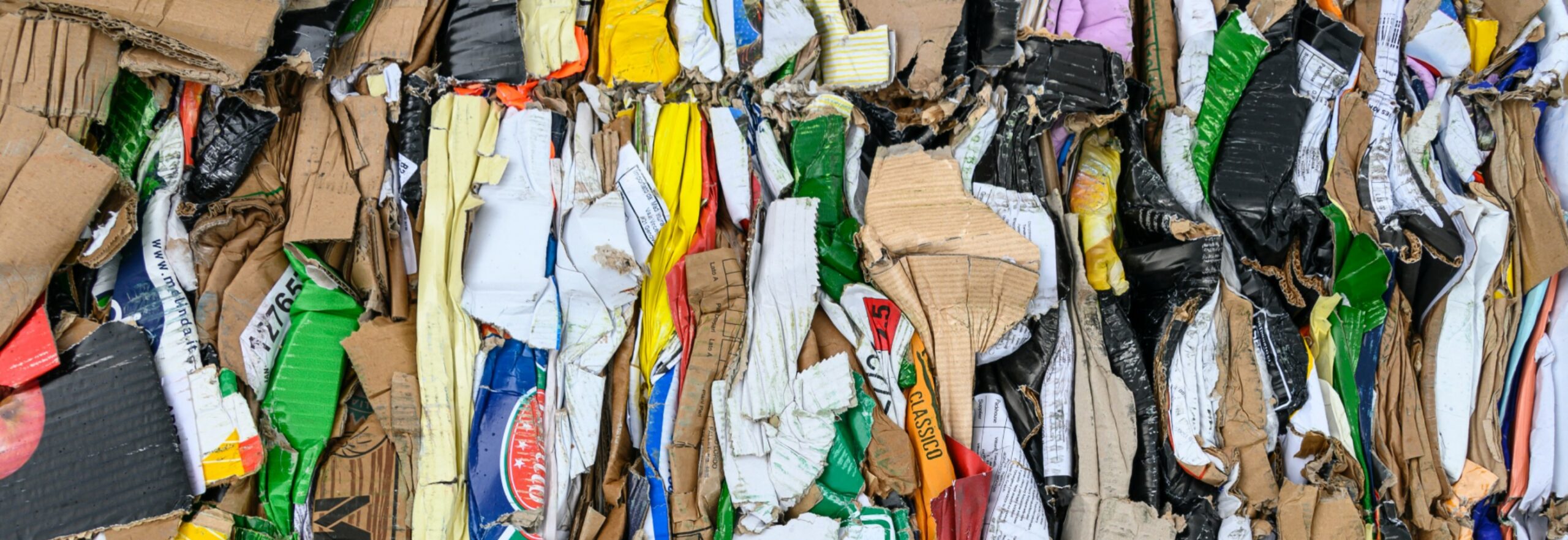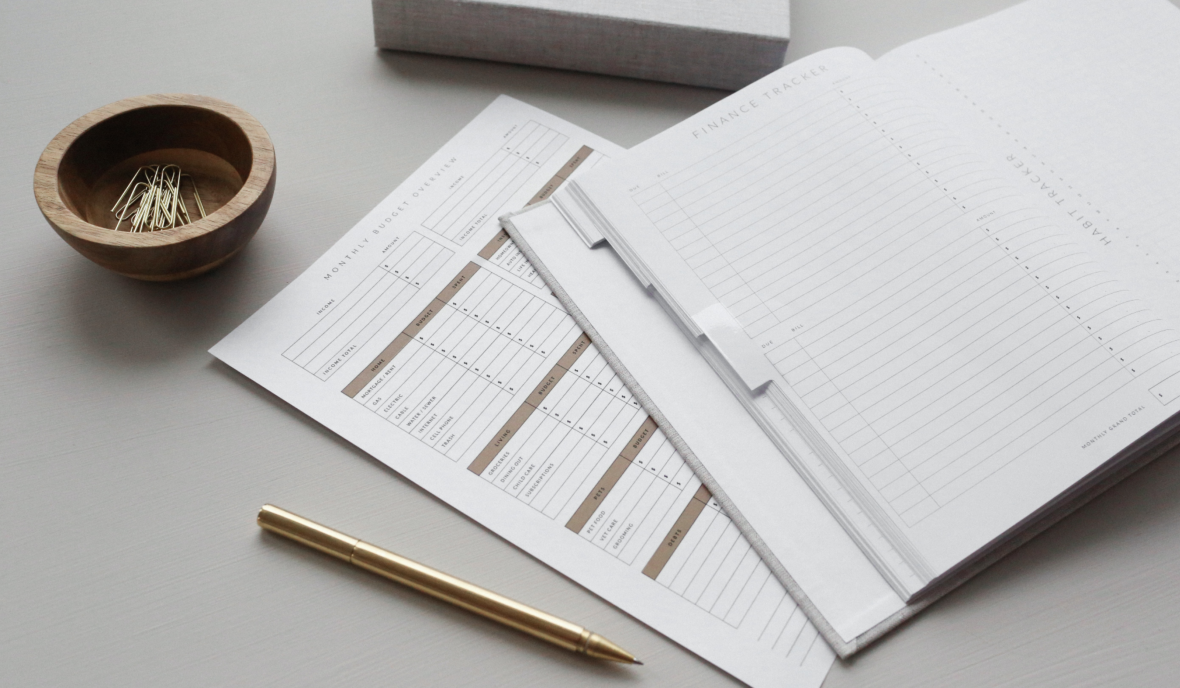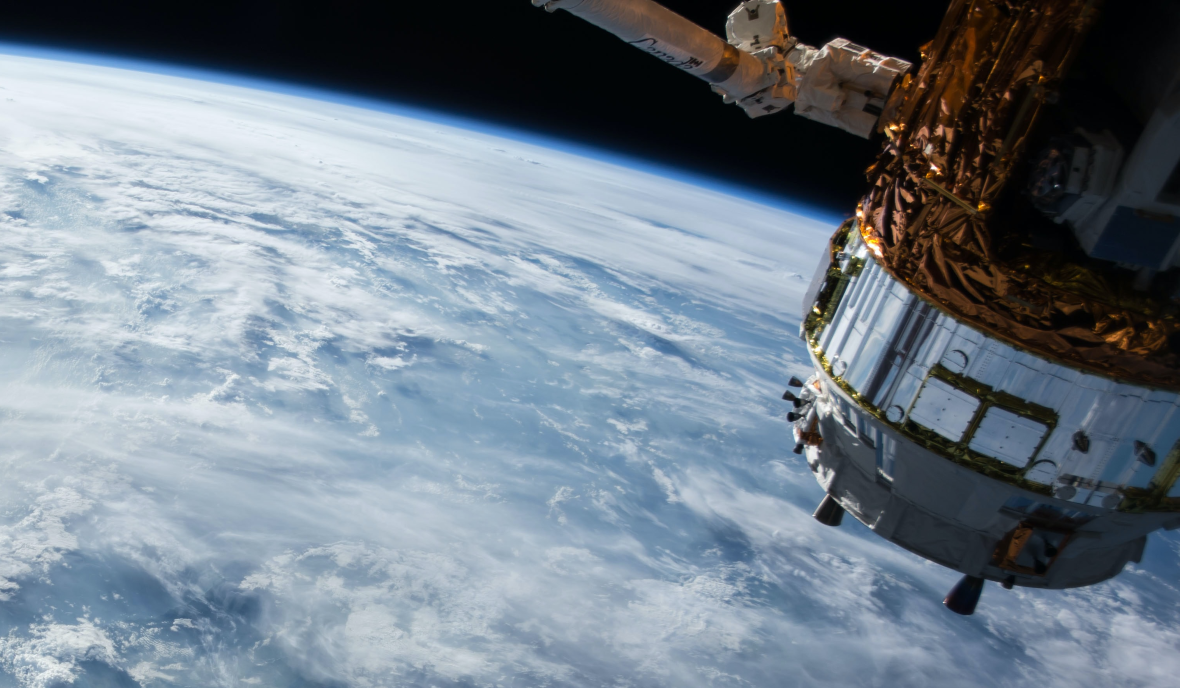A world without waste
In a future in which all life on Earth can flourish, waste would not exist. When waste is allowed to build up, we see landfills releasing potent greenhouse gases as materials decompose, the leaching of contaminants from uncontained waste into soils and waterways, and the widespread disruption of ecosystems and the biodiversity they contain. The impacts of human waste are now boundless. For instance, last year a study found microplastics in the stomachs of animals from remote Antarctic islands for the first time. Microplastics have also been found to accumulate within human organs, as the waste has permeated the drinking water and food we eat.
A waste-free future may seem a distant reality, given that almost all value chains today are inherently dependent on a linear take-make-waste approach to business. At every step, our methods of production and consumption typically result in material by-products, which are discarded as waste. Many valuable materials end up incinerated or discarded in ways that disrupt the environment.
It’s little wonder that waste has now come to the forefront of consumer consciousness. Single-use plastics, e-wasteand fast fashion have dominated headlines as the impacts of waste become ever more troubling.
Companies have a vital role to play in our collective transition to a circular economy – one which is decoupled from the consumption of finite resources and waste – by rethinking their products’ end of life. The Future-Fit Business Benchmark outlines what every provider of physical goods should be striving toward in the form of the Break-Even Goal Products can be repurposed. In short, to cause no harm, companies must ensure that:
- Whatever remains of a product after use can be easily separated from other component parts; and
- Customers can repurpose post-use product components through accessible recovery services – whether that be local waste infrastructure or other routes.
Making repurposing realistic
Unfortunately, the reality is that local waste infrastructure is currently limited and fragmented in most cities, never mind whole countries. According to waste and recycling software provider Rubicon, fewer than 10 types of material are widely recycled curbside. In addition, there is a lack of centralized data which maps what materials are recycled where in the world. Material recovery services are rapidly scaling and diversifying, but in this transition period the onus is on companies to fill the gap through innovation.
Innovation can come in two main forms – upstream and downstream. Upstream innovation refers to the redesign of products and packaging before they come into being, whereas downstream innovation focuses on the recovery of materials that have traditionally been seen as waste. Under the Future-Fit Business Benchmark guidance, both strategies would enable a company to confidently say that it does no harm to people or planet when it comes to the post-use of its products.
The Ellen MacArthur Foundation highlights three approaches to upstream innovation: Elimination; Reuse and Material Circulation. This encompasses choice in materials, use of refillable packaging, and removal of physical unnecessary components to prevent the issue of waste from occurring in the first place.
Palliative downstream solutions can be achieved most practically through strategic partnerships. Companies are increasingly finding ways to fill the gaps left by waste infrastructure with the use of take-back schemes – a solution which the Future-Fit Business Benchmark prominently highlights. This approach is being used across a myriad of industries including foods, cosmetics, apparel, and furnishings. Companies can opt to take advantage of existing take-back scheme networks, like Terracycle for packaging or I:Co for textiles, or establish bespoke partnerships with material recovery companies. A good example of a bespoke partnership is Nespresso working directly with New York City’s waste contractor, Sims Ltd, to fund new technology to repurpose its coffee pods. These tailored partnerships can help to scale up material recovery capacity given that new technologies are developed to meet a need that could also help other companies.
Measuring and managing repurposability
The Future-Fit Break-Even Goal Products can be repurposed, and the accompanying Action Guide sets out how a company can measure and manage the repurposability of its physical goods. It outlines how to analyze the waste infrastructure of the markets a company operates in and how to assess the different components of its products.
The build-up of waste undermines our natural systems, and must be eliminated if we are to give life on Earth the opportunity to flourish. This Break-Even Action Guide sets out what must be done, and gives any company the practical steps it needs to get started.
Future-Fit recently hosted a webinar on BE19: Products can be repurposed with guest speaker and member of the Future-Fit Expert Council, Erica Ocampo. Erica is the Global Director for Sims Ltd. – a global leader in metal and electronic recycling. The recording of this webinar can be found within the Future-Fit Changemaker Community.





